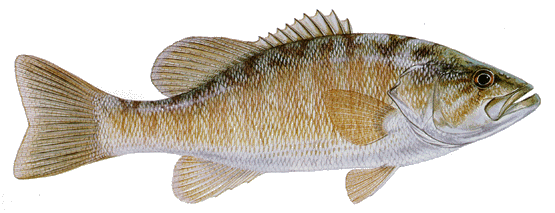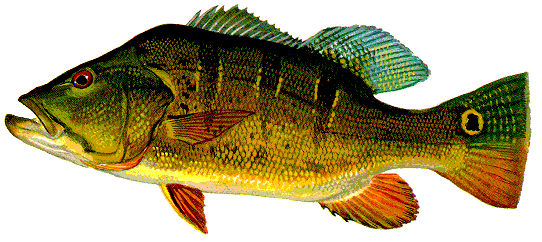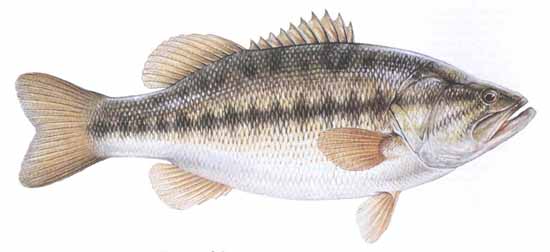Driftnets sound relatively harmless as a
fishing method. But as any marine biologist will tell you, this gear threatens ocean wildlife. At its November meeting, however, the International Commission for the Conservation of Atlantic Tunas (ICCAT) could take steps to enforce current international prohibitions on the usage of this damaging practice.
 |
| tuna fishing areas |
Held on the sea’s surface or just below with floating devices, driftnets can be miles long. Depending on the size of the mesh, they can entangle anything that happens to swim nearby, including sea turtles, whales, swordfish and tuna.
Banned But Still in Use
Most countries recognized that driftnets harm too many marine species (PDF) to remain an acceptable form of fishing. The United Nations banned them on the high seas in 1993, and the European Union followed suit in 2002. In 2003, ICCAT prohibited the use of driftnets to catch tuna and swordfish. Yet an active, illegal driftnet fishery still exists in the Mediterranean, with Italy having one of the largest fleets.
 |
| tuna runscape |
This illegal operation still exists because the European Union didn’t ask Italy and others to halt driftnets outright. Once the ban took effect, rather than being sanctioned for their illegal driftnet activities, these countries received large sums of money from national and EU funds to convert to other fishing methods. Italian boat owners, captains, and crew members received more than €100 million (US$136 million), and that’s when things got complicated.
Italian law accounts for two types of driftnets. Spadare are high-seas driftnets that have been banned by all international bodies active in the Mediterranean, the EU, and, theoretically, Italy. Ferrettare were originally designed as small-scale nets to catch nearshore species along the Italian coast. In recent years, the mesh size has increased, enabling smaller fish to pass through unharmed while conveniently—and illegally—catching valuable Atlantic bluefin
tuna and swordfish.
Various legal changes in Italy have also allowed ferrettare to be used far beyond the coast. This facilitates the continued use of driftnets to catch threatened species, despite numerous bans and the condemnation of the international community.
For years, conservation groups documented the Italian fleet’s use of driftnets to catch bluefin tuna, swordfish and other vulnerable marine species. From 2005 to the beginning of this year, more than 317 vessels were identified as fishing illegally. Of these, 89 received funds from the EU and the Italian government to convert to other fishing methods. Sanctions imposed by the Italian government on these vessels have been described as “derisory” and inadequate. They have had little or no effect on illegal activities and are seen by vessel owners merely as an additional operating cost.
 |
| yellowfin tuna and big eye tuna |
Getting Serious
The EU, though, seems finally to have had enough of this noncompliance. In Ponza, Italy, EU inspectors found driftnets on numerous fishing vessels, all appearing significantly longer than the allowed length of ferrettare. Local authorities told the inspectors that they had not conducted any onboard investigations since the start of the driftnet season, even though the vessels—with the illegal nets in plain sight—are moored approximately 100 yards from the Italian coast guard’s offices.
In July, Italian media reported on a widespread, well-established operation to falsify and avoid bluefin catch documents, which are meant to accompany legally caught bluefin tuna through the market. Violations with potential fines worth up to €3.6 million ($5 million) have been identified, and 70 wholesale and retail operators are under investigation. Authorities suspect that much of the tuna found through this operation was caught by driftnets.
Several steps must be taken to solve this issue. Loopholes in the Italian law must be closed, and ferrettare must be prohibited. On September 21, because of pressure from the EU, Italy revised its regulations for ferrettare, limiting their use to three miles from shore and reducing the mesh size to four inches, but keeping the permitted length at 1.5 miles. This is the latest attempt by the Italian ministry to avoid heavy sanctions that the EU is threatening to apply. Given Italy’s record on enforcement, a more straightforward solution would be to ban ferrettare outright.
 |
| bluefin tuna |
On September 29, the EU announced it is beginning legal proceedings against Italy for its continued use of illegal driftnets. This is encouraging, but the EU should closely monitor Italy on this issue and take necessary action if no adequate progress is made.
ICCAT must also take action. Member countries should put Italian operators who have violated driftnet regulations on its illegal, unregulated and unreported fishing vessel list. Identifying these operations, in addition to the ferrettare ban, is a step in the right direction.
Given the significant threats to marine life, this action is long overdue.

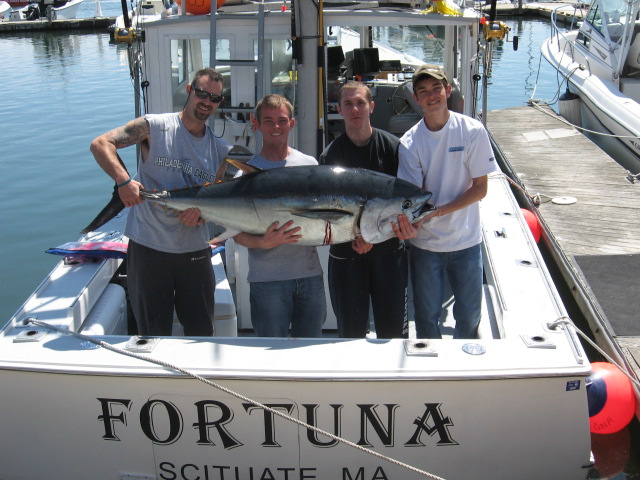
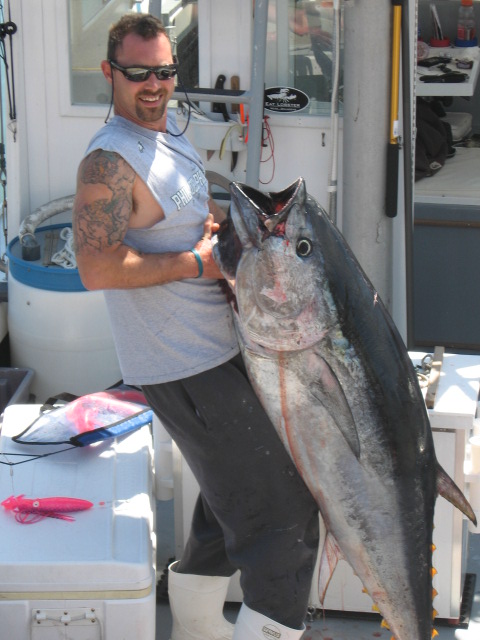





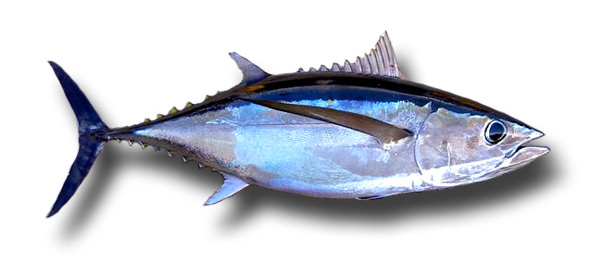





















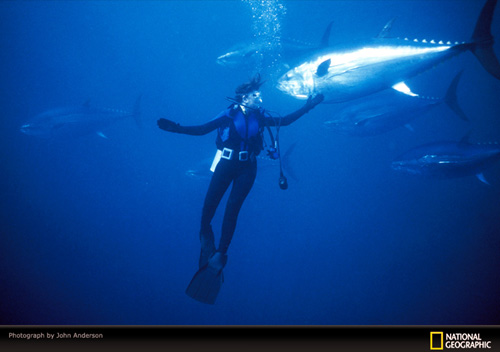


 Silver/coho Salmon
Silver/coho Salmon




